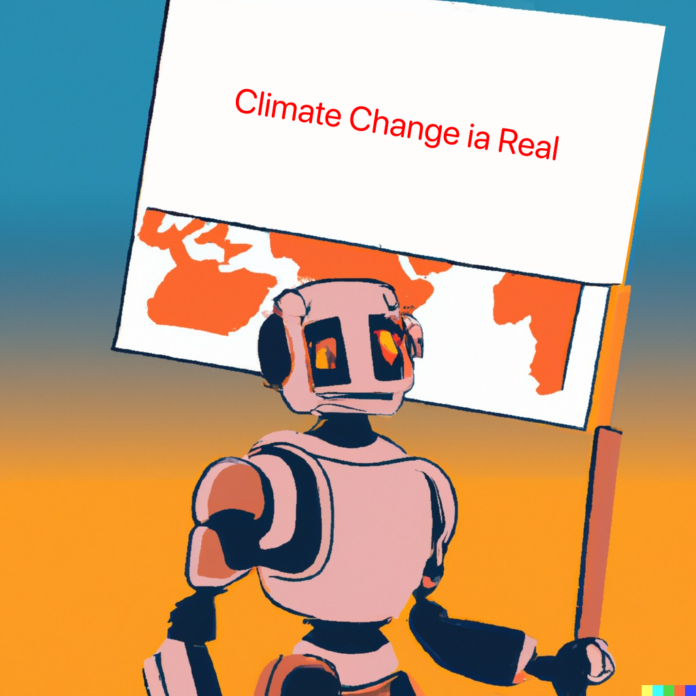Climate change is one of the most significant challenges of our time. It is caused by human activities, including the burning of fossil fuels, deforestation, and industrial processes, and it is already having a severe impact on our planet. Rising sea levels, extreme weather events, and loss of biodiversity are just a few examples of the consequences of climate change. However, technology, particularly artificial intelligence (AI), can play a crucial role in mitigating the effects of climate change.
One of the main ways AI can help tackle climate change is by optimizing energy use. AI algorithms can analyze energy consumption patterns in buildings, factories, and cities, and identify areas where energy efficiency can be improved. For instance, smart sensors can be installed to monitor temperature, humidity, and lighting, and adjust them according to the occupancy and usage patterns. This can lead to significant energy savings and reduce carbon emissions.
AI can also help in the transition to renewable energy sources. Renewable energy, such as wind, solar, and hydropower, is becoming increasingly popular, but it still faces challenges, such as intermittency and storage. AI can help address these challenges by predicting energy demand and supply, optimizing the use of different renewable sources, and managing energy storage systems. This can make renewable energy more reliable and cost-effective, and accelerate the transition to a low-carbon economy.
Another area where AI can make a difference is in agriculture. Agriculture is a significant contributor to greenhouse gas emissions, but it is also essential for food security and livelihoods. AI can help farmers optimize their crop yields and reduce inputs, such as fertilizers and pesticides, which can lower emissions and improve soil health. AI-powered precision agriculture can also help monitor soil moisture, plant growth, and weather conditions, and provide real-time recommendations to farmers.
AI can also help in natural resource management and conservation. AI algorithms can analyze satellite data, such as land cover, forest density, and water levels, and identify areas that are at risk of deforestation, desertification, or water scarcity. This can help policymakers and conservationists prioritize their efforts and target interventions more effectively. AI can also help monitor wildlife populations and prevent poaching, which can help protect biodiversity and mitigate the impact of climate change on ecosystems.
In conclusion, AI has the potential to play a crucial role in addressing climate change. By optimizing energy use, transitioning to renewable energy sources, improving agriculture practices, and conserving natural resources, AI can help reduce greenhouse gas emissions and mitigate the impact of climate change on our planet. However, AI is not a silver bullet, and it must be used in conjunction with other strategies, such as policy changes, behavioral shifts, and social movements. Only by working together can we build a sustainable future for ourselves and future generations.





